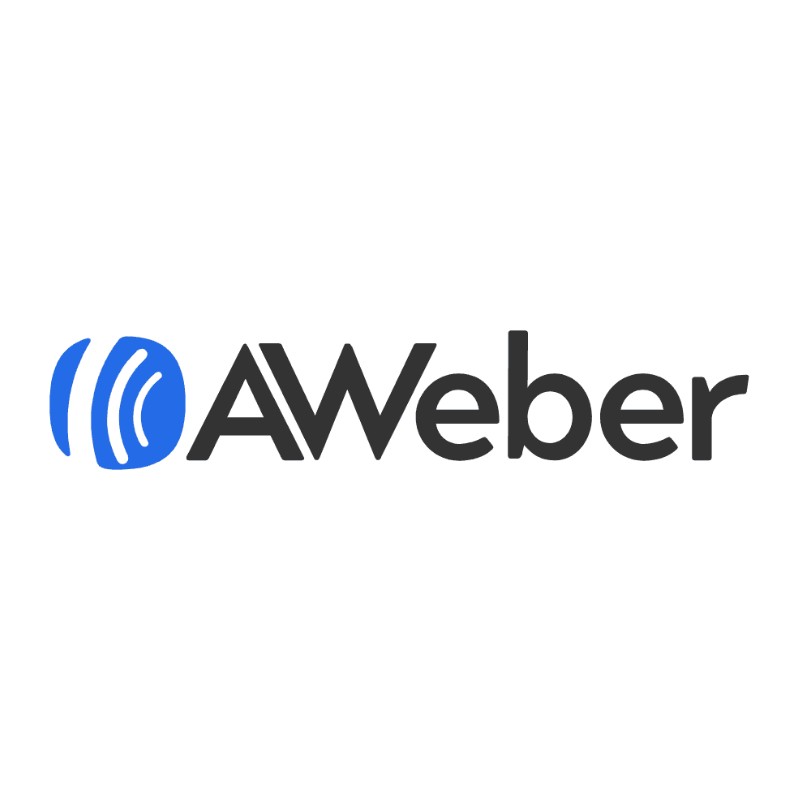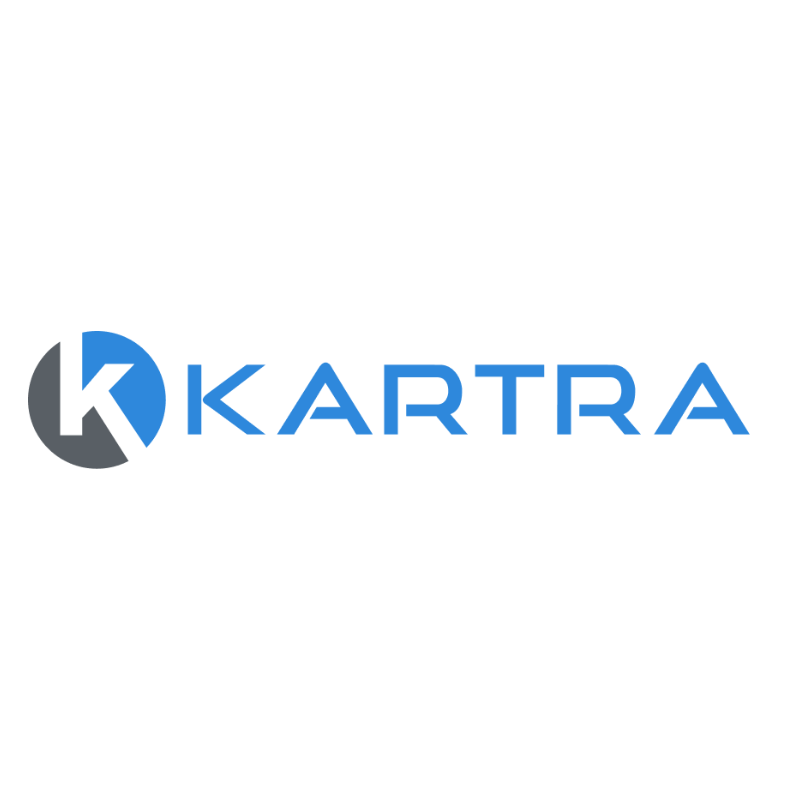Frequently Asked Questions about AWS CloudFormation
Who are AWS CloudFormation?
AWS CloudFormation is a service provided by Amazon Web Services (AWS) that allows users to define and provision AWS infrastructure as code. It enables users to create and manage a collection of related AWS resources, facilitating the automation of resource management and deployment.
What are AWS CloudFormations products?
AWS CloudFormation itself is a product that allows users to deploy applications and manage AWS resources using templates written in JSON or YAML. It provides capabilities for deploying and updating stacks of resources, including EC2 instances, S3 buckets, and RDS databases.
What services do AWS CloudFormation offer?
AWS CloudFormation offers services for creating, updating, and deleting stacks of AWS resources, automating resource management, and providing infrastructure as code capabilities. It integrates with other AWS services to facilitate deployments and resource management.
What type of companies do AWS CloudFormations products suit?
AWS CloudFormation is suitable for companies of all sizes that utilise AWS for their infrastructure needs. It is particularly beneficial for organisations looking to automate their deployments, manage resources efficiently, and maintain infrastructure consistency across environments.
How much does AWS CloudFormations product cost?
AWS CloudFormation itself does not have a separate charge. Users pay only for the AWS resources created through CloudFormation, such as EC2 instances or S3 storage. Pricing varies based on the specific resources used.
Does AWS CloudFormation offer a free trial?
AWS CloudFormation does not offer a specific free trial, but users can explore the service without incurring costs, as they only pay for the resources they create. AWS also provides a free tier for certain services for new users.
What discounts does AWS CloudFormation offer on their products?
AWS CloudFormation itself does not provide discounts. However, users can benefit from cost-saving options like Reserved Instances or Savings Plans for certain AWS resources when using CloudFormation.
Are there any hidden fees or additional costs with AWS CloudFormation?
There are no hidden fees associated with AWS CloudFormation itself. Users are only charged for the AWS resources provisioned through CloudFormation, and it is important to review the pricing of those resources.
Who uses AWS CloudFormations products?
AWS CloudFormation is used by developers, systems administrators, and IT teams in various industries, including technology, finance, and healthcare, who need to automate and manage cloud resources efficiently.
What are the main features of AWS CloudFormations products/services?
Main features include infrastructure as code, template-based resource management, support for custom resources, stack management (creation, update, deletion), and integration with other AWS services for seamless deployment.
How does AWS CloudFormation compare to its competitors?
AWS CloudFormation is one of the leading infrastructure as code services, with strong integration across the AWS ecosystem. It is often compared to alternatives like Terraform and Azure Resource Manager, which offer similar capabilities but differ in their ecosystems and features.
Is AWS CloudFormations platform easy to use?
The ease of use of AWS CloudFormation varies by user experience. Familiarity with JSON or YAML templates is necessary, and while the service has a learning curve, many users find it powerful for managing complex infrastructures.
How easy is it to set up AWS CloudFormations product or service?
Setting up AWS CloudFormation involves creating a template and launching a stack. While the initial setup can be straightforward for simple configurations, more complex infrastructures may require a deeper understanding of AWS services and resource relationships.
Is AWS CloudFormation reliable?
AWS CloudFormation is considered reliable, leveraging AWSs robust infrastructure. AWS maintains high availability and redundancy, ensuring that users can depend on CloudFormation for their resource management needs.
Does AWS CloudFormation offer customer support?
AWS provides support for CloudFormation through its AWS Support plans. Users can access documentation, community forums, and technical support depending on their subscription level.
How secure is AWS CloudFormation’s platform?
AWS CloudFormation adheres to AWSs security standards and best practices, allowing users to implement security measures in their templates. Security is managed through AWS Identity and Access Management (IAM) and other AWS security services.
Does AWS CloudFormation integrate with other tools or platforms?
AWS CloudFormation integrates seamlessly with other AWS services, such as AWS Lambda, Amazon EC2, and Amazon RDS. Additionally, it can be integrated with CI/CD tools and DevOps practices to enhance deployment workflows.
Can I use AWS CloudFormation on mobile devices?
AWS CloudFormation is primarily a web-based service accessed through the AWS Management Console. While AWS offers mobile applications for other services, CloudFormation management is typically done on a desktop or laptop for full functionality.
What do users say about AWS CloudFormation?
User feedback on AWS CloudFormation highlights its powerful capabilities for managing cloud infrastructure but notes the complexity of template creation and the learning curve involved for new users.
What are the pros and cons of AWS CloudFormation?
Pros: Strong integration with AWS, infrastructure as code capabilities, automation of resource management.
Cons: Complexity of templates, learning curve for new users, reliance on AWS ecosystem.
How can I purchase AWS CloudFormation’s services?
There is no purchase required for AWS CloudFormation as it is a free service. Users only pay for the AWS resources they create and manage through the CloudFormation service.
What is the cancellation or refund policy for AWS CloudFormation?
As AWS CloudFormation is a free service, there is no cancellation or refund policy specific to it. Users are responsible for the costs of the AWS resources they provision.
What are the common use cases for AWS CloudFormation?
Common use cases include automating the deployment of multi-tier applications, managing infrastructure updates, creating reproducible development and testing environments, and handling complex resource dependencies.
Why choose AWS CloudFormation over other options?
AWS CloudFormation is a compelling choice for those heavily invested in the AWS ecosystem, offering deep integration with other AWS services and the ability to manage complex infrastructures using templates.
How easy is it to set up AWS CloudFormation?
Setting up AWS CloudFormation can be straightforward for basic configurations, but more complex setups may require a deeper understanding of AWS services and resource interdependencies.
Does AWS CloudFormation offer training or tutorials?
AWS provides extensive documentation, tutorials, and training resources for AWS CloudFormation through the AWS website, including hands-on labs and online courses.
What languages does AWS CloudFormation support?
AWS CloudFormation supports templates written in JSON and YAML, allowing users to choose their preferred format for defining infrastructure.
What problems does AWS CloudFormation solve?
AWS CloudFormation solves the challenges of manual resource management, configuration drift, and the complexity of deploying multi-resource applications by enabling infrastructure as code and automation.
Is AWS CloudFormation worth the investment?
For organisations that utilise AWS and seek to automate their infrastructure management, AWS CloudFormation can be a valuable tool, providing control, efficiency, and consistency in resource provisioning.






Leave a Reply
You must be logged in to post a comment.